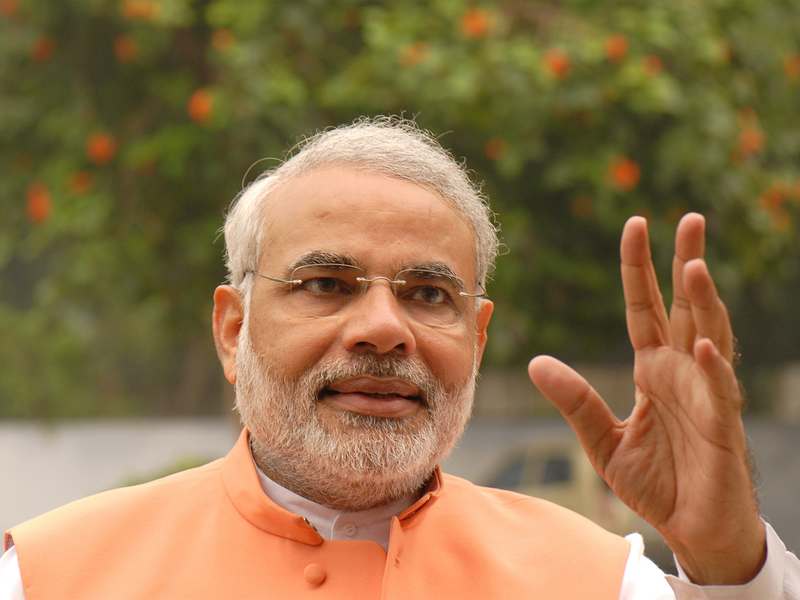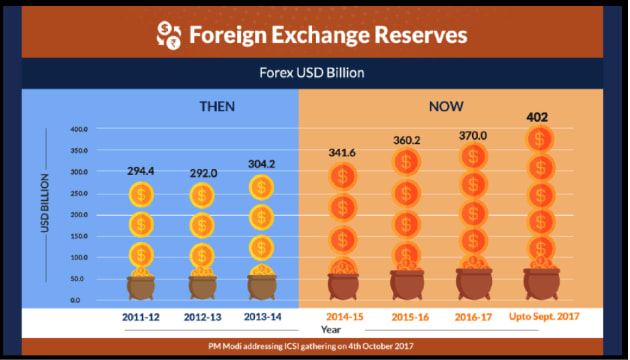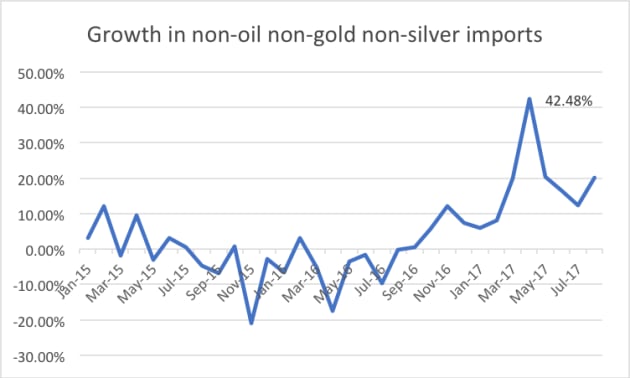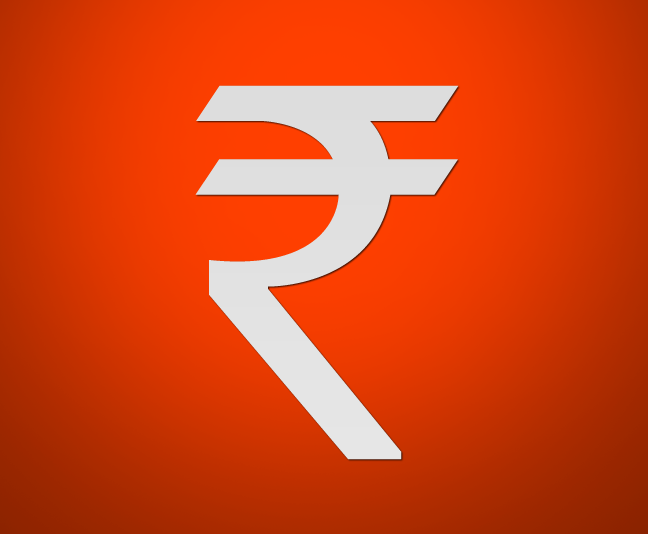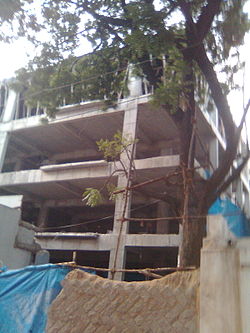Y
Yesterday evening, the social media was abuzz with a statement that Hasmukh Adhia, the revenue secretary, had given in an interview to the Press Trust of India (PTI) regarding the Goods and Services Tax (GST). As he said: “There is a complete overhauling that is required… it is possible that some items in the same chapter are divided.”
The website of The Hindu still has this report. You can also read it on Scroll.in.
This statement was later changed to: “There is need for some rejig in rates… it is possible that some items in the same chapter are divided.” The interview on the PTI website, currently has this statement and not the earlier one.
The phrase complete overhauling [of GST] has been replaced by some rejig in [GST] rates, by the PTI. Of course, a complete overhauling is majorly different from some rejig, but this is the closest that someone senior in the Modi government has publicly admitted that the implementation of the GST has been a disaster.
There are questions that need to be asked, even though the chances of getting any answers from the Modi government, remain nil.
1) Why was the government in such a hurry to launch the GST, when it was clearly not ready for it. This lack of preparation was already visible even before GST became the order of the day.
As Navin Kumar, the chairman of the GST network, in an interview published on June 27, 2017, told Business Standard: “It should be a stable system. Problems that surfaced during the first phase of the testing have been resolved. We did the testing on the basis of the rules that came in December. After that, some changes were made to the rules. Those changes we have absorbed now, so there is no time to do beta testing for that.”
Here is the Chairman of the network on which the GST is implemented saying that they haven’t had the time to test it properly. What more evidence is needed for the system not being completely ready?
Bharat Goenka, the managing director of Tally Solutions, one of the companies which has made a software for customers to help them file the GST returns, made a similar
In an interview with the Business Standard published on June 23, 2017, he was asked: “Is the problem essentially with the cramped timeline? Is July 1 too optimistic?” He answered: “It is indeed very cramped. While it is easy to add a new feature to software with respect to its functioning, developing robust software takes time. Whenever you make a change, you need to harden the software and that takes time. If you do not give it time, you end up with fragile software and get potentially surprising results. It is a high-risk environment. So, it is not sensible to try and do such mega rollouts without robust backing.”
Obviously, the government was in a hurry to launch the GST without adequate preparation. In the process, it ended up creating the mess that currently prevails. And given that concerns were raised by people who were part of the process of the launch, this is clearly not benefit of hindsight.
2) Nearly four months after the launch, a lot of confusion prevails on many fronts. Even the chartered accountants lack clarity on issues. This tells us again that there wasn’t enough communication from the government on this front. In countries where GST (or value added tax as it is more popularly called) has been successfully implemented, an adequate amount of time is spent in training those who will be a part of the system implementing the GST (both inside and outside the government). This, has clearly not happened in India.
3) In fact, much before the GST was launched, analysts had pointed out that there were way too many GST rates, and that made the entire system fairly complicated, for those who need to follow the system.
The examples are now out. A newreport in The Times of India quotes a supermarket chain owner as saying: “Tax on snacks like aloo bhujia, potato chips, samosa, kachori is 12%. Now the tax rate for cashews is 5%, but I can’t figure out if masala cashew is a snack or a standalone item.”
Similar issues have cropped up when it comes to sweets. Milk sweets come under the 5 per cent bracket, but the moment a silver foil is put on it, tax shoots up to 18 per cent. As Congress leader Veerapa Moily put it: “For example, is Kitkat a chocolate or a biscuit? Is coconut oil considered as hair oil or cooking oil?”
A ministry of finance press release towards the end of September 2017 pointed out: “The total number of tax payers who were required to file monthly returns for August 2017 is 68.20 lakhs, of which, as on 25th September, 2017, 37.63 lakh GSTR 3B returns have been filed.” Around 55 per cent of those who needed to file GST returns, actually filed it.
Given the way, in which the system has been designed, this isn’t surprising at all. What this has also brought out is the fact that Indian traders are digitally challenged, and it will take time for them to catch up to GST. Meanwhile, the economy will have to suffer because of this.
4) The multiplicity of tax rates has led to a situation where the tax rates on different products make very little sense. While the GST on condoms is 0 per cent, that on sanitary napkins is 12 per cent. One explanation provided for this is that only branded sanitary napkins invite a GST. But why even make this distinction? Does the GST apply only on branded condoms? Or more importantly, is there anything like an unbranded condom? These issues will simply not arise if there were fewer rates of tax.
Another explanation provided is that the mandate of the GST Council which decided on the GST rates, was fitment of taxes i.e. the GST rate on a product must be close to the existing taxes on it.
This is a rather silly observation given the status of the GST Council. If the idea was mere fitment any junior level bureaucrat could have done it. The fact that GST Council comprised of the finance ministers of all states and the finance minister of the central government, means that such anomalies could have been easily corrected.
There are several such inconsistencies, for the lack of a better word. The GST on environmentally friendly hybrid cars as well as fossil fuel guzzling SUVs is the same at 43 per cent (28 per cent GST and 15 per cent surcharge). Before GST became the order of the day, the total taxes on SUVs added to around 50 per cent.[i] In case of hybrids the tax before GST was around 29 per cent.[ii] This has led to the companies increasing the prices of the hybrid models of their cars.
And there is more. The GST rates on diamonds and gold are at 0.25 per cent and 3 per cent respectively. But the GST on something as useful as matchboxes (handmade ones) is 5 per cent. Why is this the case? Is it because those who run diamond and gold firms have deeper pockets funding political parties, than those running firms making matchboxes?
5) The rate of tax for most services has gone up from 12.36 per cent in 2014 and 15 per cent till June 30, 2017, to 18 per cent under GST. Of course, a part of this jump was supposed to be neutralised because of the input tax credit available under GST. But anecdotal evidence clearly suggests that the price of services has gone up because of GST. The government needs to study this and if this is true, it needs to cut the rate of tax on services to 15 per cent.
6) Also, the Modi government has tried to implement a convoluted and a complicated GST, which has “privatised compliance”. This has hit the small and medium enterprises(SMEs) the hardest. This also shows that we haven’t really learnt the lessons from our past.
One reason for India’s big black economy has been the high income tax rates over the years. In the early 1970s, the highest marginal rate of tax was as high as 97 per cent. Of course, at such a high rate most people who should have been paying income tax, did not. Not surprising, why would anyone give away Rs 97 out of every Rs 100 that he earned over a certain level, to the government.
The point being that tax compliance is always better at lower rates. At 28 per cent and higher, the peak Indian GST rate is among the highest in the world. Hopefully, as the number of tax rates under GST gets slashed in the years to come, the higher rates will go.
To conclude, GST has hit the small and medium enterprises (SMEs), which were already reeling under the negative impacts of demonetisation very hard. This is something that needs to be corrected very quickly, simply because it is the SMEs which create jobs in any growing economy. As finance minister Arun Jaitley recently told ET Now: “Bulk of the jobs in India are created by SMEs, by the micro industries, by self employment. Gone are the days where only the government sector created jobs in the government or the organised sector created jobs.”
And given that one million Indian youth are entering the workforce every month, the country needs SMEs to create jobs more than it ever did before. Given this, the GST needs complete overhauling, in order make it simple and uncomplicated. A simple rejig won’t do. Hope Mr Adhia and his boss in the finance ministry are listening.
[i] A.Modi, Planning to buy a luxury car or an SUV? GST may save you up to Rs 85,000, http://www.business-standard.com, May 21, 2017.
[ii] A. Khan, Hybrid Cars May Become A Thing Of The Past Because Of GST, www.businessworld.in, July 4, 2017.
The column originally appeared in the Huffington Post on October 23, 2017.
